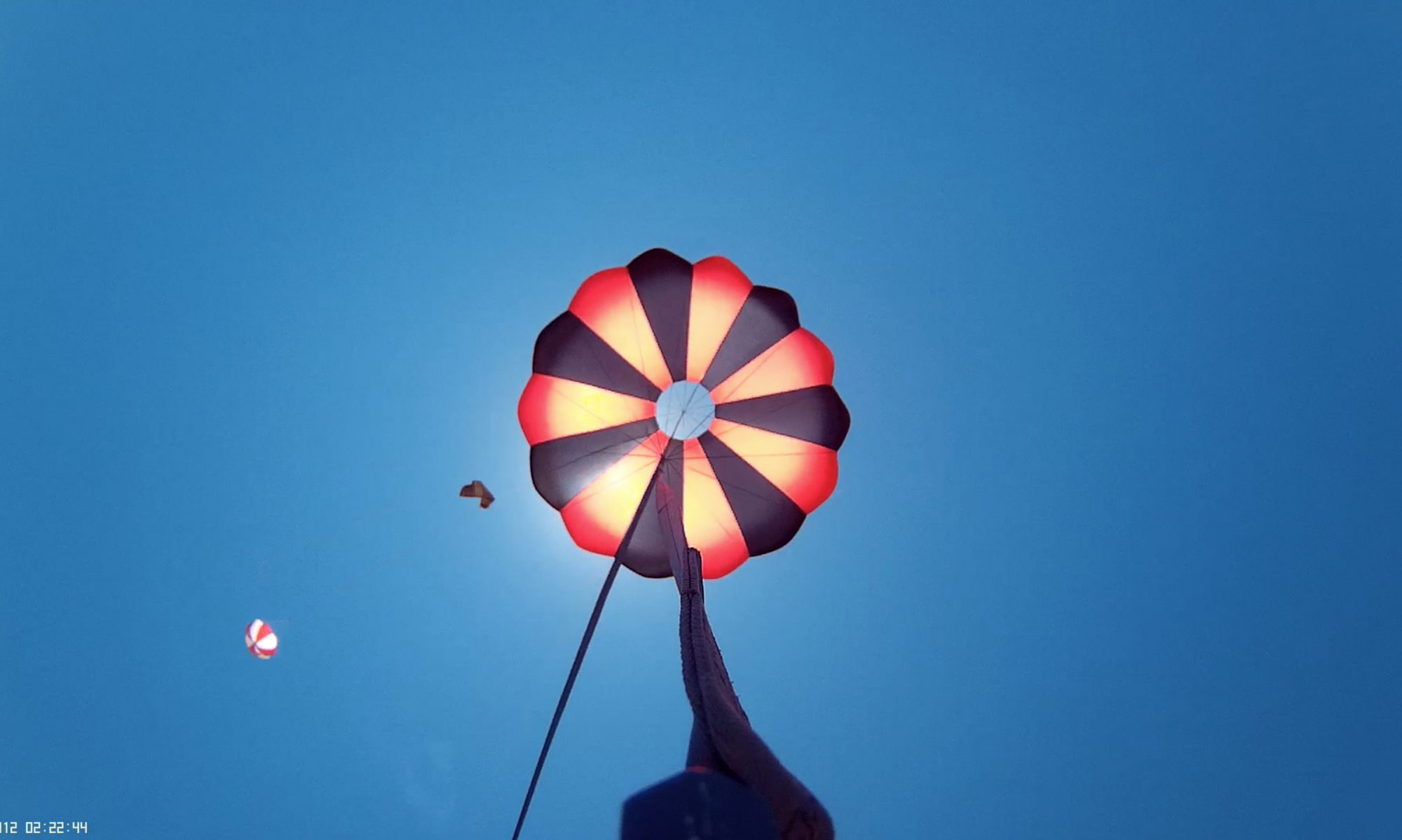
The Recovery Team is tasked with returning the club’s rockets as safely and reliably as possible while meeting standards set by the Intercollegiate Rocket Engineering Competition Board. To achieve this, the Recovery Team designs, manufactures, tests, and integrates the parachute system as well as the electronics which control the parachute deployment.
Fall and Spring semesters for the Recovery Team allow members to follow the entire production cycle of our recovery systems. Each semester, our team researches, designs, manufactures, and tests parachutes for club rockets. This process begins with determining the recovery system to be used followed by designing the parachutes and line diagrams. Following this, we manufacture our parachutes in-house which is then tested through a series of inflation, deployment, and ejection tests.
Our team has determined that the most efficient recovery method for the rockets is a reefed recovery system. More similar to industry standards, this system reduces manufacturing time and space within our rocket. It does so by allowing us to use only one parachute which is deployed at apogee in its reefed form through a piston ejection system which the Mechanical team manufactures. Our team also works closely with the Avionics team who develops our in-house flight computers which control the disreef of our parachute.

This year, we have improved our parachute geometries from previous years to increase our drag coefficient while remaining stable. This was done through intense research of parachute stress concentrations and analysis of previous years testing. In the fall semester, we began manufacturing the parachute to be flown on Helios our 30k COTS test vehicle with plans to conduct testing in the spring semester prior to manufacturing another, unique parachute for our IREC Rocket Selene which is a 10K Hybrid rocket.
Manufacturing, for us, means measuring and cutting our fabric into its respective gore geometry, hemming each gore, and sewing the gores together to the appropriate shape. Additionally, we sew pouches to the skirt of the parachute for our reefing devices and lines. Following this, the shroud lines and shock cord are manufactured.
